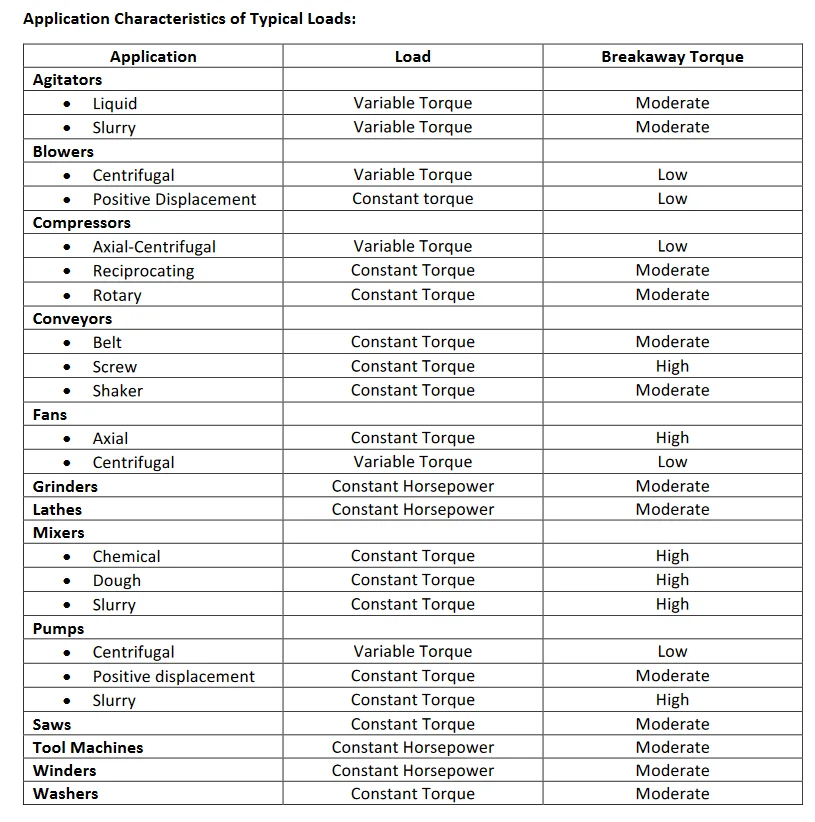What is meant by slip?
The per-unit difference between the synchronous speed and the actual rotor speed is known as slip.
What is slip compensation?
Slip compensation is an open-loop control technique by which the drive measures the output current and compensates the slip by increasing the voltage and frequency applied to the motor.
How do you select a VFD?
Variable frequency drives are selected mainly based on the full load current of a motor. For a normal-duty motor, the VFD current rating can be 100% of the motor’s full load current and for heavy-duty motors, the selected drive must be 120 – 150% of the full load current of the motor. Apart from rated current, the selection of variable frequency drives also depends on the application, ambient temperature, switch frequency, and altitude.

What is meant by sensorless vector control?
Sensorless vector control is used for constant torque applications in order to deliver maximum torque by controlling the supply voltage and frequency to the motor. The ratio between voltage and frequency is kept constant to keep the magnetic field the same throughout the operation.
What is the role of encoders?
Encoders are used to measure the shaft speed and compensate for the slip of the motor precisely at various loads in order to achieve accurate speed output. It is also known as a tacho generator or pulse generator. This device produces a pulse train with a frequency proportional to shaft RPM. The maximum frequency of this pulse train is called the bandwidth. This value must not be greater than the bandwidth of the feedback circuit used by the drive control logic.
What is meant by DC injection breaking?
DC injection braking is a braking method in which DC voltage is applied to the running motor winding in order to decelerate it quickly.